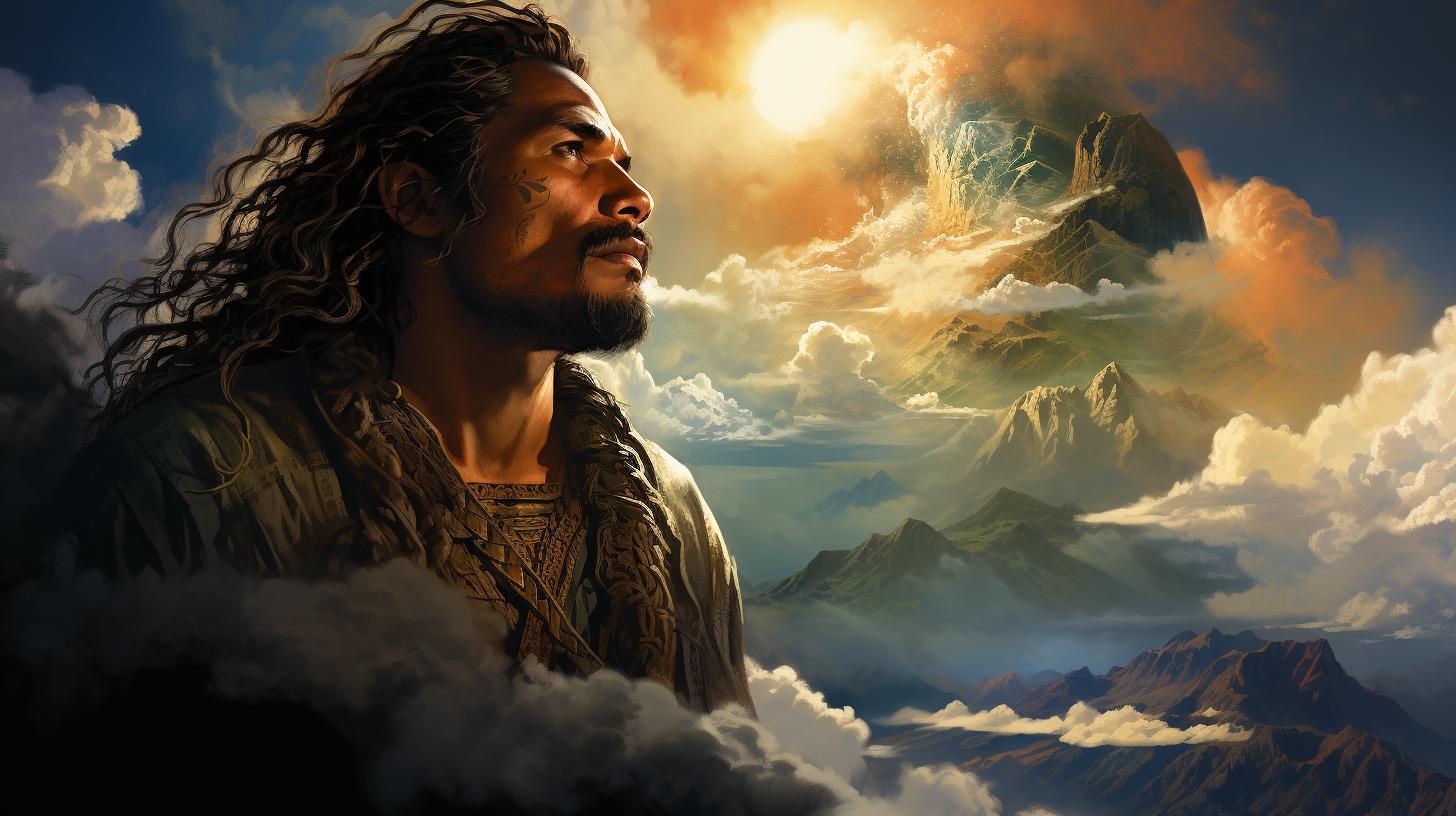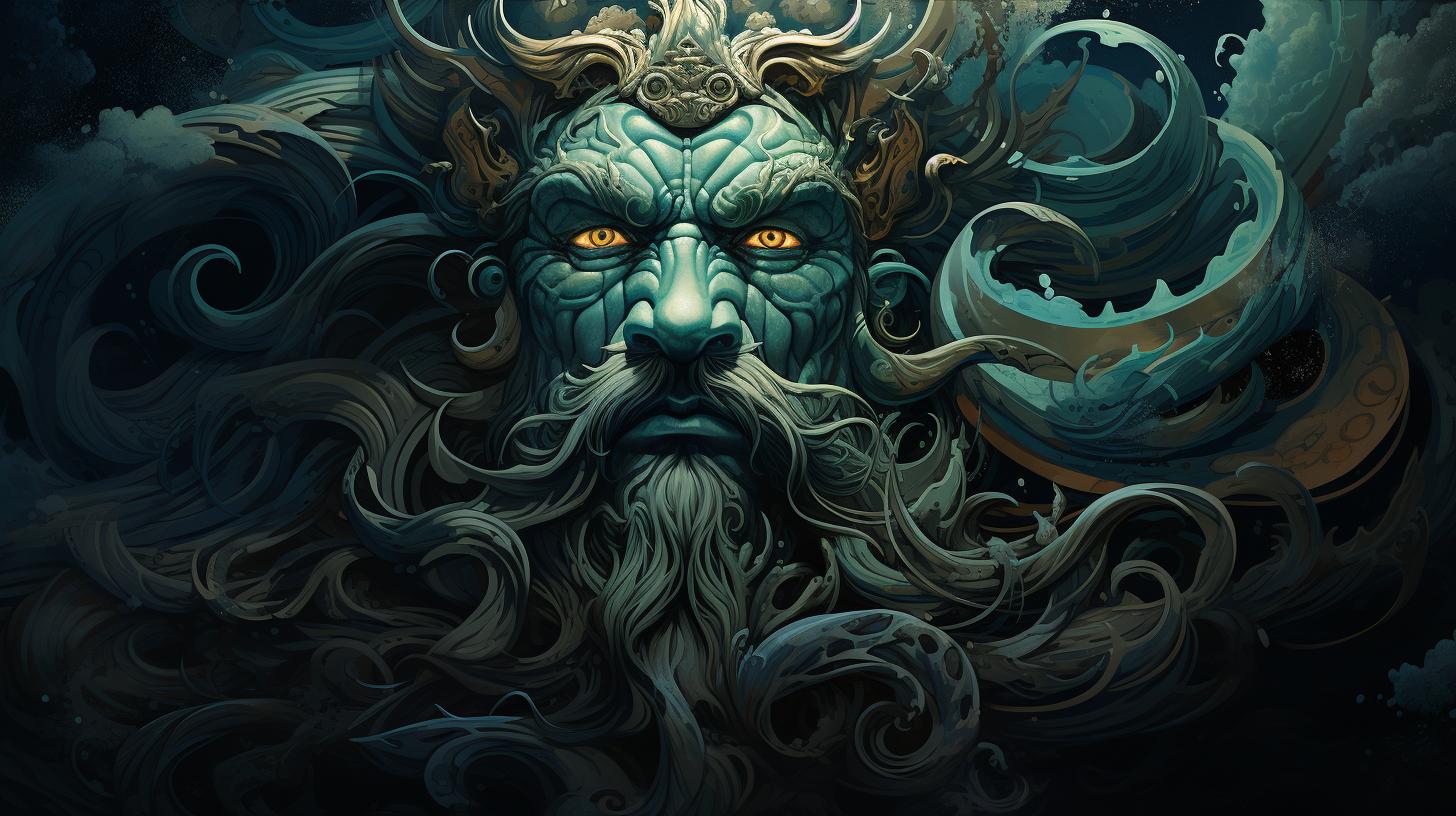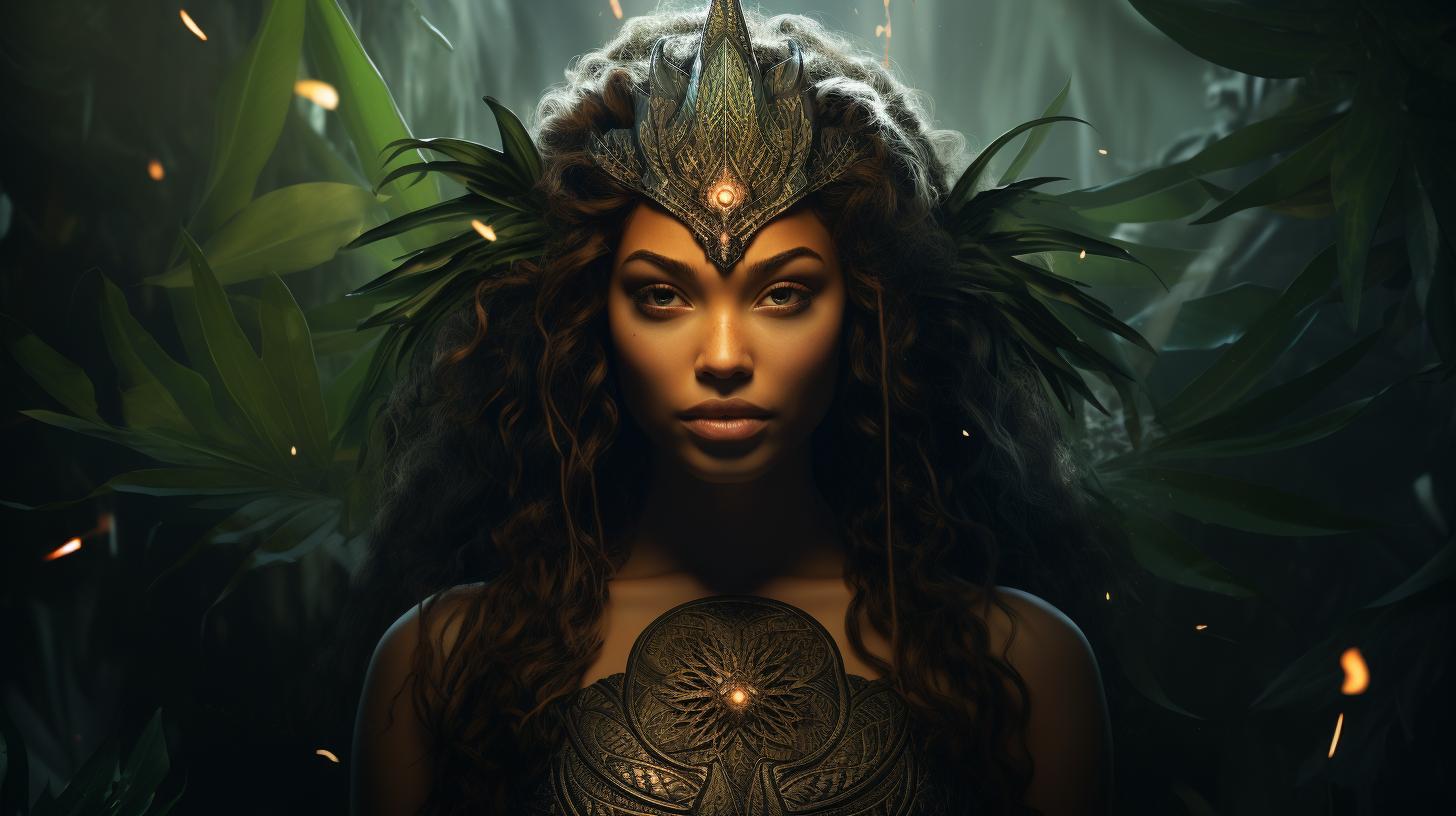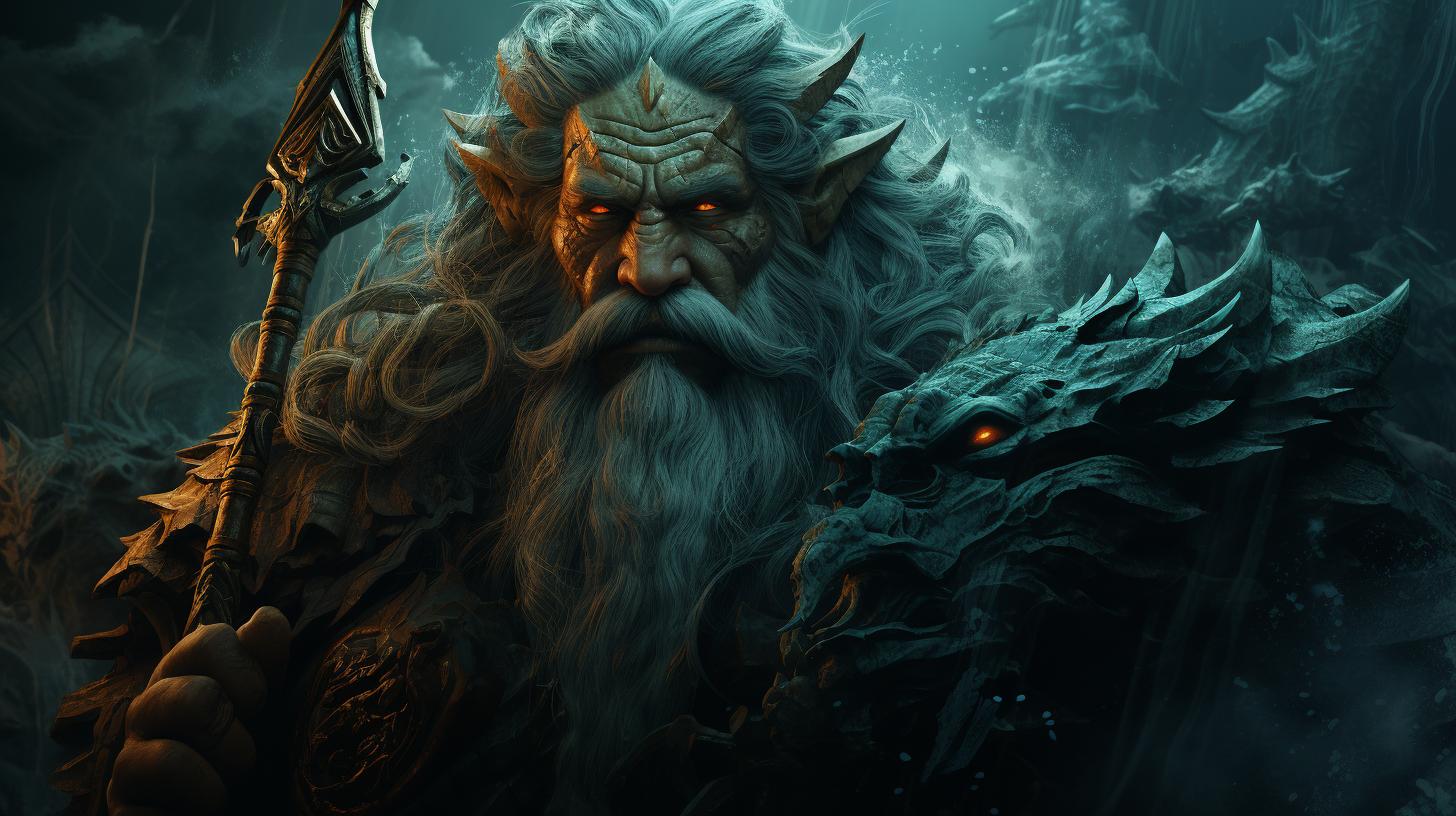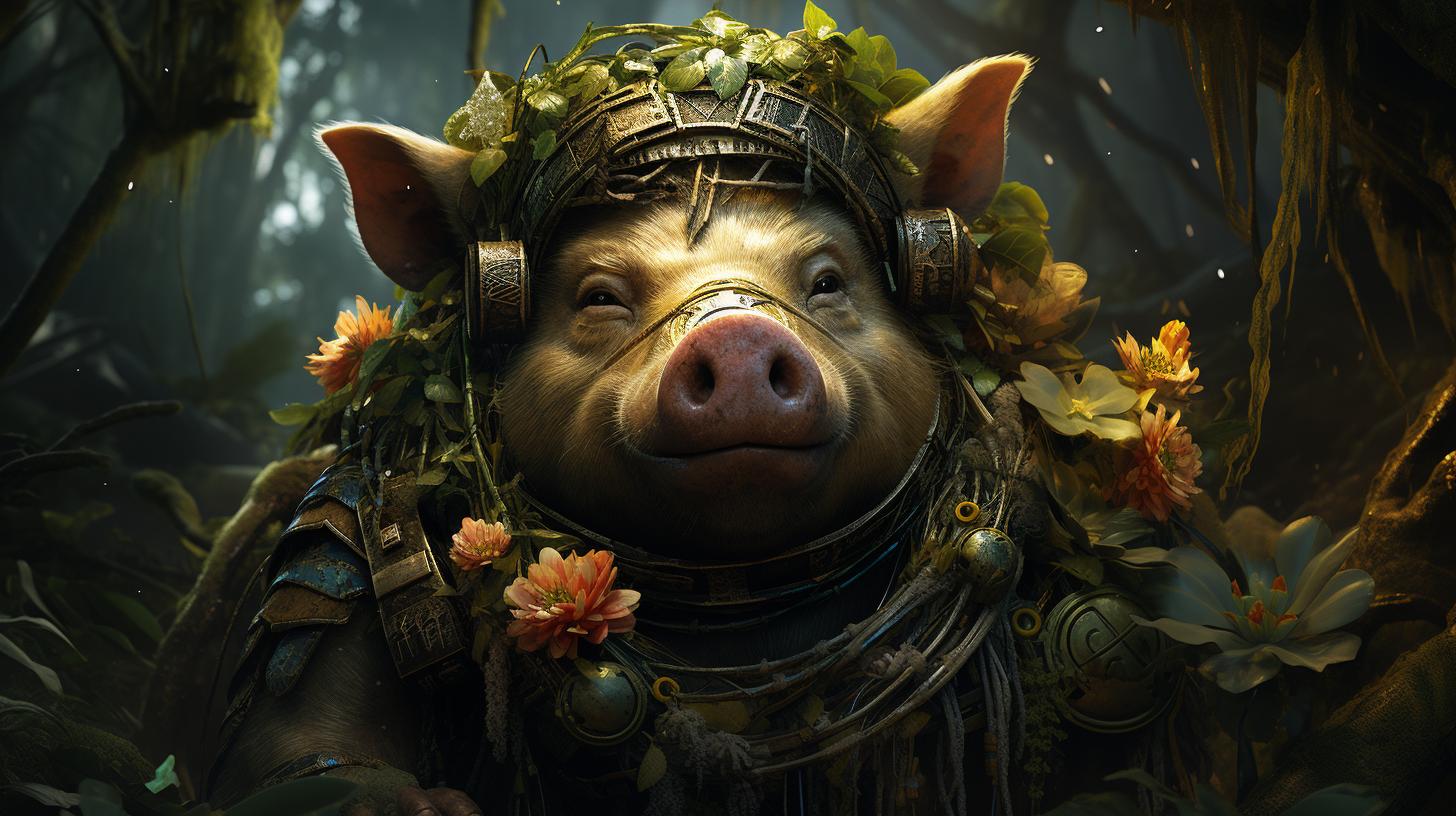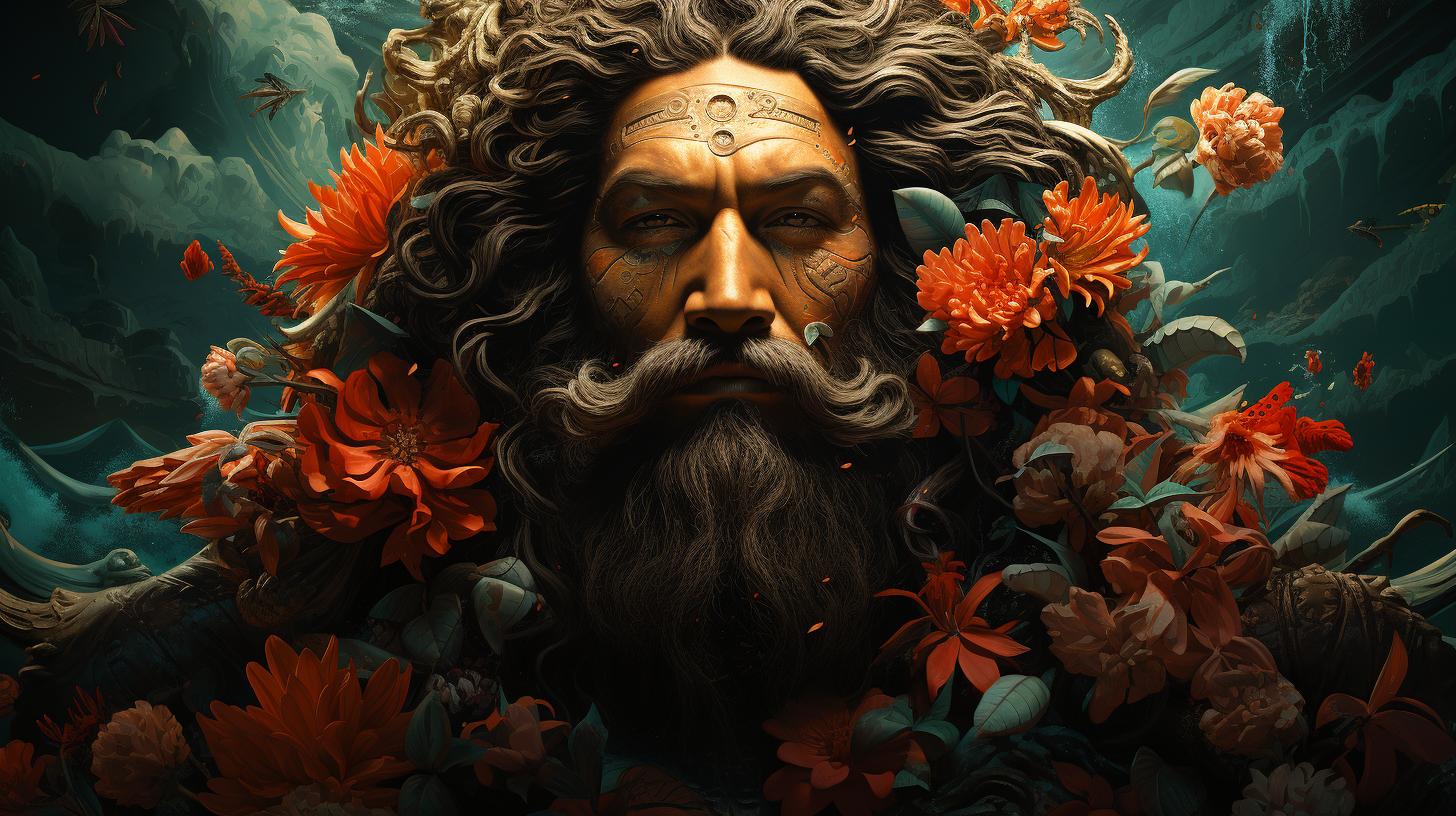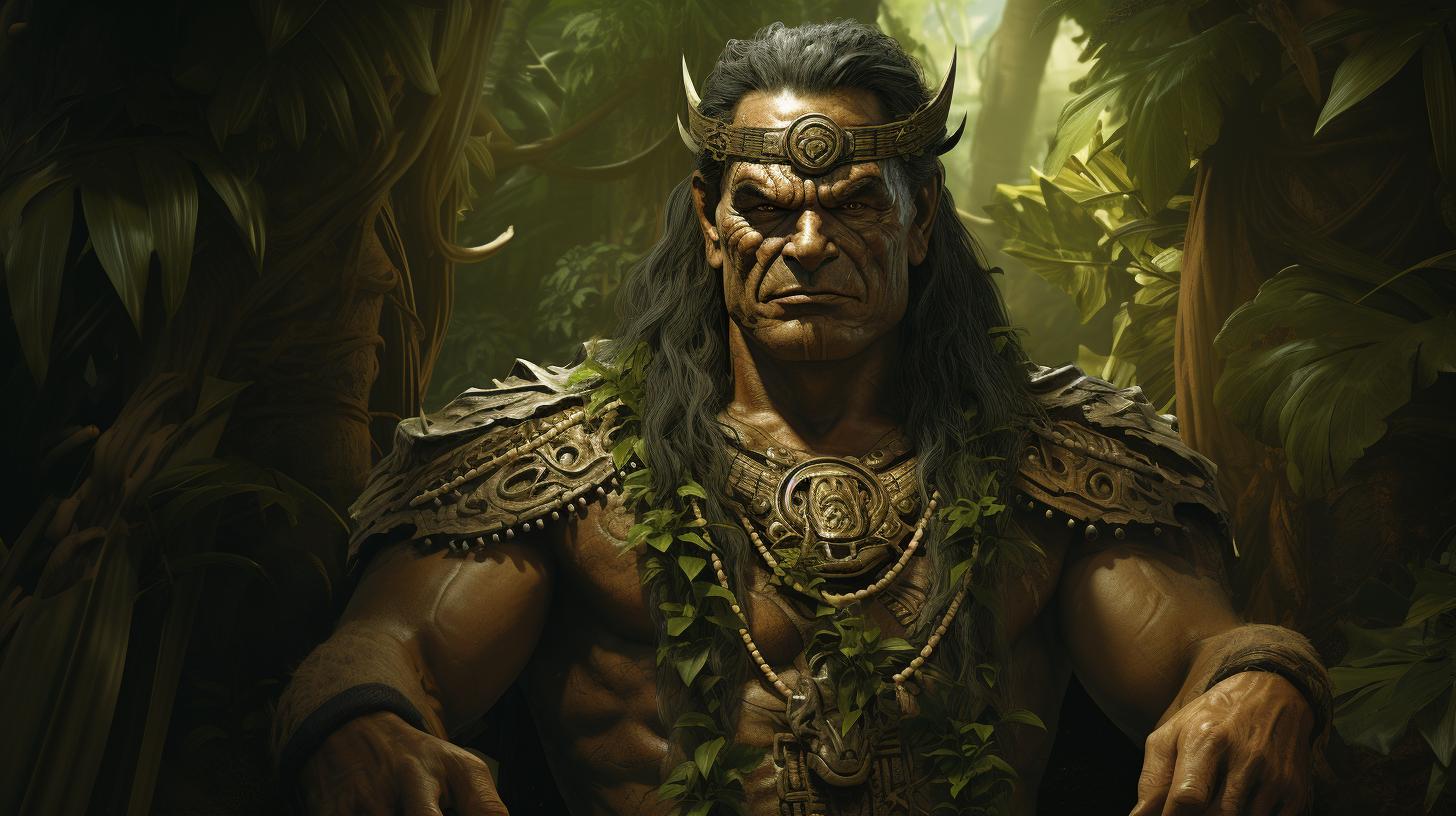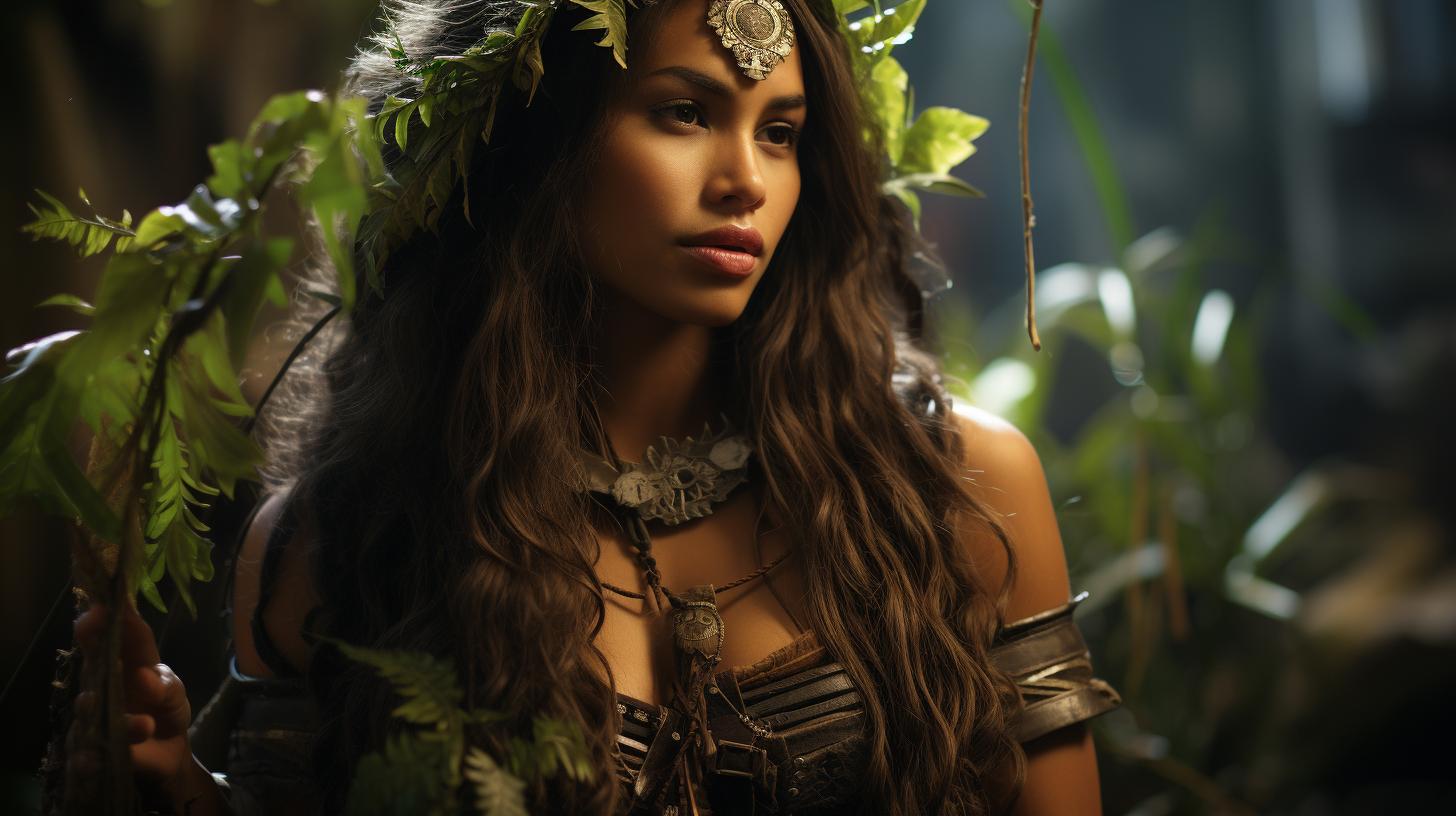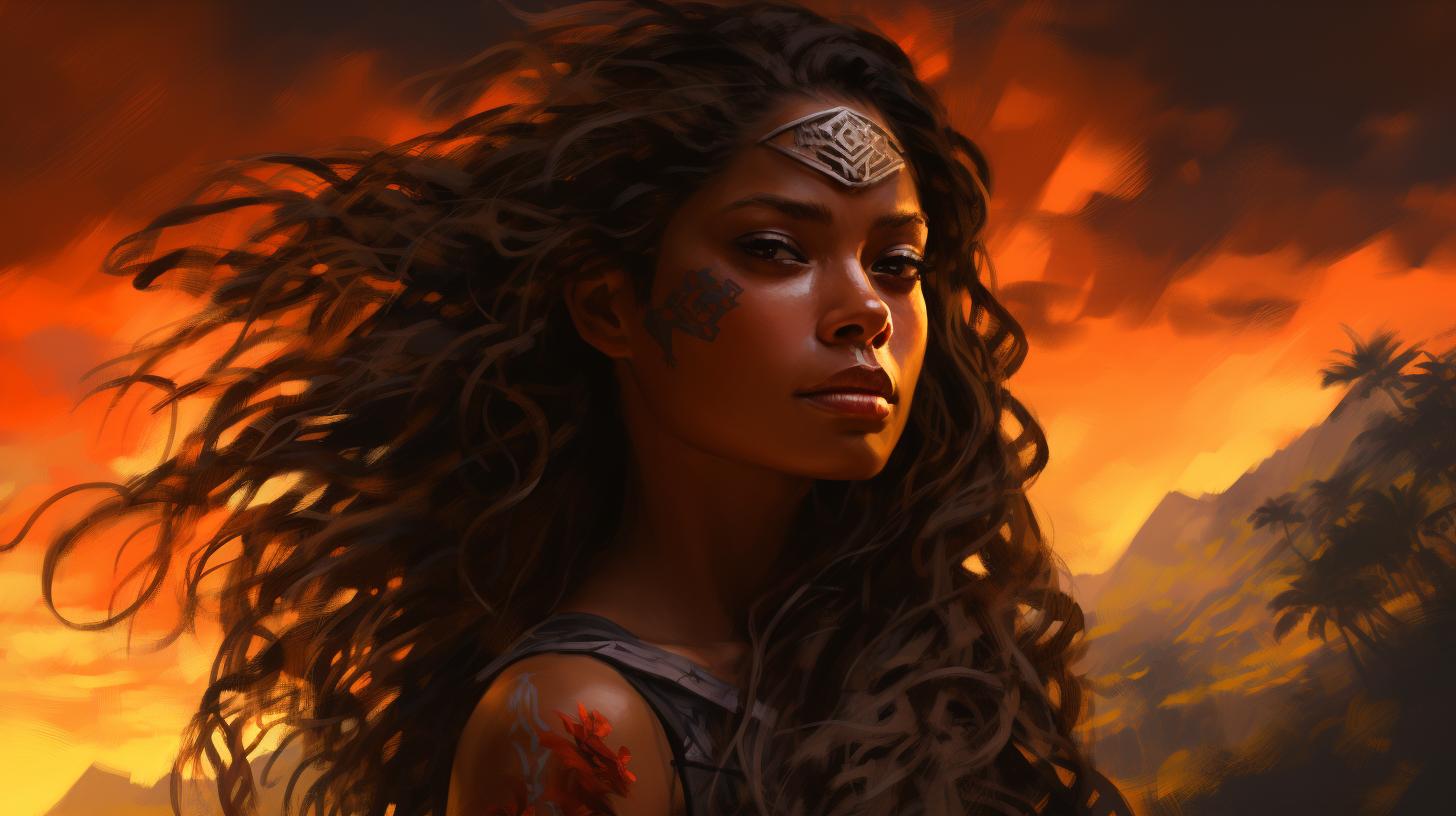Rangi Hawaiian God: Exploring the Mythology of Hawaiian Creation
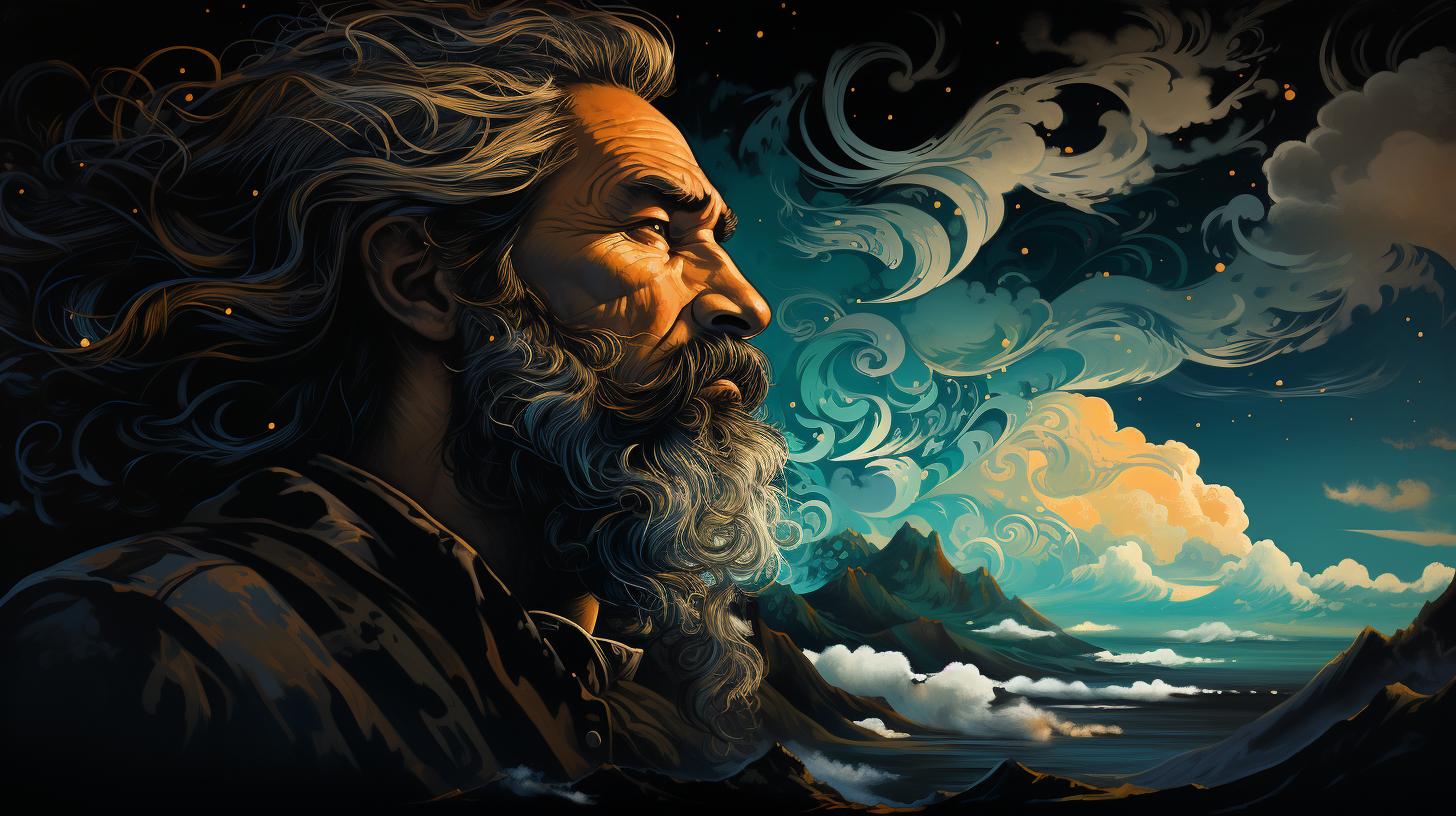
Rangi Hawaiian God is a significant figure in Polynesian and Māori mythology. According to the ancient myths, Rangi (Sky) and Papa (Earth) were the supreme creator gods. They were initially joined together, but their separation had both positive and negative consequences.
Descendants of Rangi and Papa experienced conflicts among themselves, while Rangi’s tears became rain and Tawhiri, the god of wind, unleashed storms and winds. This myth holds cultural significance and is represented in art and passed down in oral tradition.
Explore the fascinating mythology of Rangi and Papa in this article.
1. Exploring the Mythology of Rangi and Papa
Exploring the rich mythology of Rangi and Papa reveals the captivating tale of their origins, unification, separation, and the consequences that ensued. This myth holds great cultural significance in Polynesian and Māori traditions, deeply woven into the fabric of their beliefs and oral history.
Origins of Rangi (Sky) and Papa (Earth)
The story begins with the emergence of Rangi, the embodiment of the sky, and Papa, the personification of the earth. According to ancient myths, they arose from Te Po (the night) and Te Kore (the void) and found themselves locked in a tight embrace.
From this union, numerous descendants, including gods, humans, and various earthly features, came into existence.
The Unification and Separation of Rangi and Papa
Realizing their constricted state, the divine siblings sought a solution. The god of war, Tu, suggested killing Rangi and Papa, but Tane, the deity of forests, proposed an alternative approach.
After multiple failed attempts, Tane eventually succeeded in separating Rangi from Papa, lifting Rangi up into the heavens and pressing Papa against the earth.
Consequences of the Separation
The separation yielded both positive and negative consequences. The space between Rangi and Papa became illuminated, dispersing the trapped beings across the world. However, conflicts and troubles arose among the children of Rangi and Papa, leading to strife in the world.
“`
Note: Please ensure that the HTML tags are properly formatted and closed in your final implementation.
The Descendants of Rangi and Papa
The separation of Rangi and Papa had significant consequences, leading to conflicts and the emergence of their numerous descendants. This section delves into the tales of their progeny and the events that unfolded.
Conflict Among the Children
With the separation of Rangi and Papa, their children found themselves at odds with each other. The strife among their offspring gave rise to conflicts and problems throughout the world.
Their disputes shaped the course of history, as they vied for power and dominance.
Rangi’s Tears and the Creation of Rain
Separated from Papa, Rangi’s sorrow manifested in tears that became rain, pouring down from the heavens to the earth. The land was nourished by these tears, resulting in the creation of rivers, lakes, and fertile soils.
The life-giving rain symbolized the interconnectedness between the sky and the land, sustaining the growth and prosperity of the world.
Tawhiri’s Fury: Storms and Winds
Tawhiri, the god of the wind, grew furious when Rangi and Papa were separated. In his anger, he unleashed violent storms and powerful winds, wreaking havoc on the forests, seas, and fields.
His fury represented the intense emotions that accompanied the division of the divine parents and the ensuing conflicts among their descendants. The destructive forces of nature demonstrated the delicate balance between chaos and order.
By exploring the complex interactions among the children of Rangi and Papa, we gain insight into the intricate tapestry of Polynesian and Māori mythologies. The stories of their conflicts, Rangi’s tears, and Tawhiri’s fury provide a deeper understanding of the cultural significance and symbolic meanings embedded within the mythological narrative.
Symbolism and Cultural Significance of Rangi and Papa
In Polynesian and Māori mythology, Rangi and Papa hold deep symbolism and cultural significance. They represent the essential duality of the universe, with Rangi symbolizing the expansive sky and Papa symbolizing the nurturing earth.
This symbolic connection to the natural elements reflects the profound respect and reverence that Polynesian and Māori cultures have for the environment and their deep understanding of the interconnectedness of all things.
Connection to Polynesian and Māori Mythology
The story of Rangi and Papa is intricately woven into the fabric of Polynesian and Māori mythology, shaping the worldview and understanding of creation for these cultures. Their mythology embraces the idea of a divine union between the sky and the earth, highlighting the interconnectedness of the spiritual and physical realms.
This connection not only serves as a foundation for their religious beliefs but also influences their cultural practices, rituals, and social structures.
Furthermore, through the story of Rangi and Papa, Polynesian and Māori communities reinforce the importance of their ancestral lineage and the sacred bond between human beings and the natural world.
It serves as a reminder of their place within the wider cosmic order and their responsibility to live in harmony with nature.
Representation in Art and Oral Tradition
Artistic representations of Rangi and Papa play a crucial role in preserving and transmitting the rich cultural heritage of Polynesian and Māori communities. Intricate wood carvings, known as whakairo, depict the divine figures in their unified embrace or in their separate forms after separation.
These carvings serve as powerful symbols of their mythological significance and are often displayed in important communal spaces, such as marae (sacred meeting grounds) and museums.
The oral tradition is equally important in preserving the story of Rangi and Papa. Passed down from generation to generation through songs, chants, and storytelling, it ensures the continued transmission of cultural knowledge and reinforces the connection between past, present, and future.
The oral retelling of the myth allows individuals to understand their cultural identity and fosters a sense of pride, resilience, and belonging within Polynesian and Māori communities.
.

